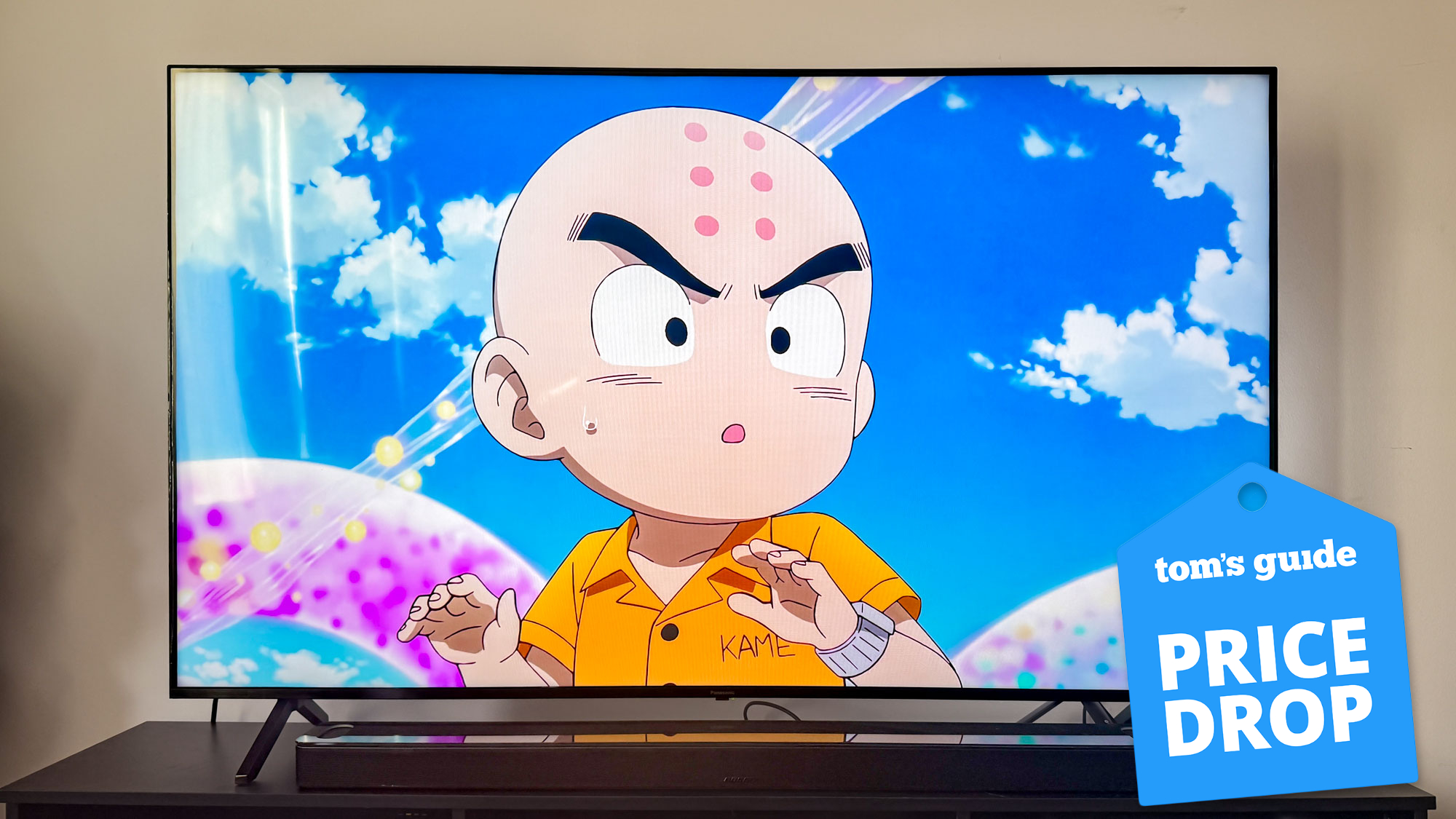This is the running watch I’m wearing for the London Marathon

As a Fitness Editor, I’m very lucky that I get to test a hell of a lot of running watches and fitness trackers in order to help my readers work out what to buy. Yet when it comes to choosing what I want on my wrist at the London Marathon, it wasn’t a hard decision to make. I’m opting for my tried and trusted Garmin Fenix 6S Sapphire, here’s why.
- The best Garmin watches to buy in 2021
- Inspired by the marathon? Here are the best running shoes to invest in
The Garmin Fenix 6S Sapphire is a premium multisport watch, designed for adventures on rugged terrains with mapping and intelligent pacing to help you pace better on hills. While the London Marathon definitely won’t be a multisport adventure and I’m unlikely to need the maps features, the Fenix 6S Sapphire has a number of other brilliant features that make it an obvious choice for my fourth marathon.
1. It’s easy to use
The Fenix 6S is a chunky piece of equipment. With a case size of 42mm, it’s noticeably bigger than, say, my Apple Watch Series 6, but it’s still not quite as big as the Fenix 6X solar, which comes in at 51mm. That said, my main challenge when running with smaller devices — say, the Fitbit Charge 5 — is trying to see the screen while maintaining my pace. The Fenix 6S has a bright, 1.2-inch screen that’s easy to read in rain or shine and, like with all Garmin running watches, you can customize the metrics you want to see on each screen.
On marathon day, I’ll be keeping an eye on my 5K splits as I attempt to run sub-four hours again, but I don’t want too much data in front of me as I focus on my run. I opt to see my lap distance, lap time, lap pace, and heart rate, but all of these settings can be customized in the settings.
One of my top tips when it comes to running with a watch at any race is to turn the auto-lap off and manually lap the watch every time you cross a mile marker. Doing this, you can see your exact pace for the previous mile, as you’ll often run further than the course distance on race day.
2. It’s got a great battery life
Although I’m hoping to beat my personal record of 3 hours and 58 minutes, the Fenix 6S has a battery life of six hours in GPS mode with music playing or 50 hours in GPS mode without music. Either way, I should hopefully have crossed the line and have my feet up before I need to worry about charging my watch.
3. It’s got the option to add music to the watch
The Garmin Fenix 6S has the option to store up to 2,000 songs on the watch, or access playlists from various music streaming apps, including Spotify, Amazon Music, and Deezer. During training runs, I’ll often leave my phone at home and use my watch to track my run and play music or podcasts. That said, things are a little different this race day, as the London Marathon requires runners to drop their kit bag off at the race expo in the few days before the race. As I wouldn’t want to be without my phone for days on end, I’ll be running with it on race day, so will play my music from my iPhone and save my watch’s battery, but the music onboarding is a handy feature I’ve used on race day before.
Get instant access to breaking news, the hottest reviews, great deals and helpful tips.
4. The recovery data will help post-race
After each workout, my Garmin Fenix 6S tells me how long I need off from training to let my body fully recover. This time is based on training intensity, stress, daily activity, and sleep. Although I definitely don’t have any hard workouts planned for the week following the race, I find the recovery tool to be really beneficial during my training. The recovery time is reduced when you get a good night’s sleep, so I’ll also be tracking this in the days following the race.
5. The watch straps are easily swappable
The Fenix 6S came with a beautiful heathered nylon band, which looked great on the watch, but wasn’t all that practical when it came to marathon training. Without sounding gross, the strap wasn’t the easiest to clean after sweaty, summer miles. Thankfully, the bands are super easy to swap, and I’ll be using a silicone band for the race this weekend. This might not sound like a selling point for a running watch, but you don’t want to be worried about your strap pinching or rubbing at mile 20.
6. It doesn’t look like a fitness watch
One of the reasons I often opt for my Fenix 6S over, say, the Garmin Forerunner 245 or Forerunner 745, is because it doesn’t look like a sports watch. While I’m not too worried about what I look like on race day, when I’m celebrating with friends after the race, I know I’ll like the look of the rose gold bezel on my wrist.
- Training? Here are the best running apps to download right now
- The best running watches on the market

Jane McGuire is Tom's Guide's Fitness editor, which means she looks after everything fitness related - from running gear to yoga mats. An avid runner, Jane has tested and reviewed fitness products for the past five years, so knows what to look for when finding a good running watch or a pair of shorts with pockets big enough for your smartphone. When she's not pounding the pavements, you'll find Jane striding round the Surrey Hills, taking far too many photos of her puppy.
